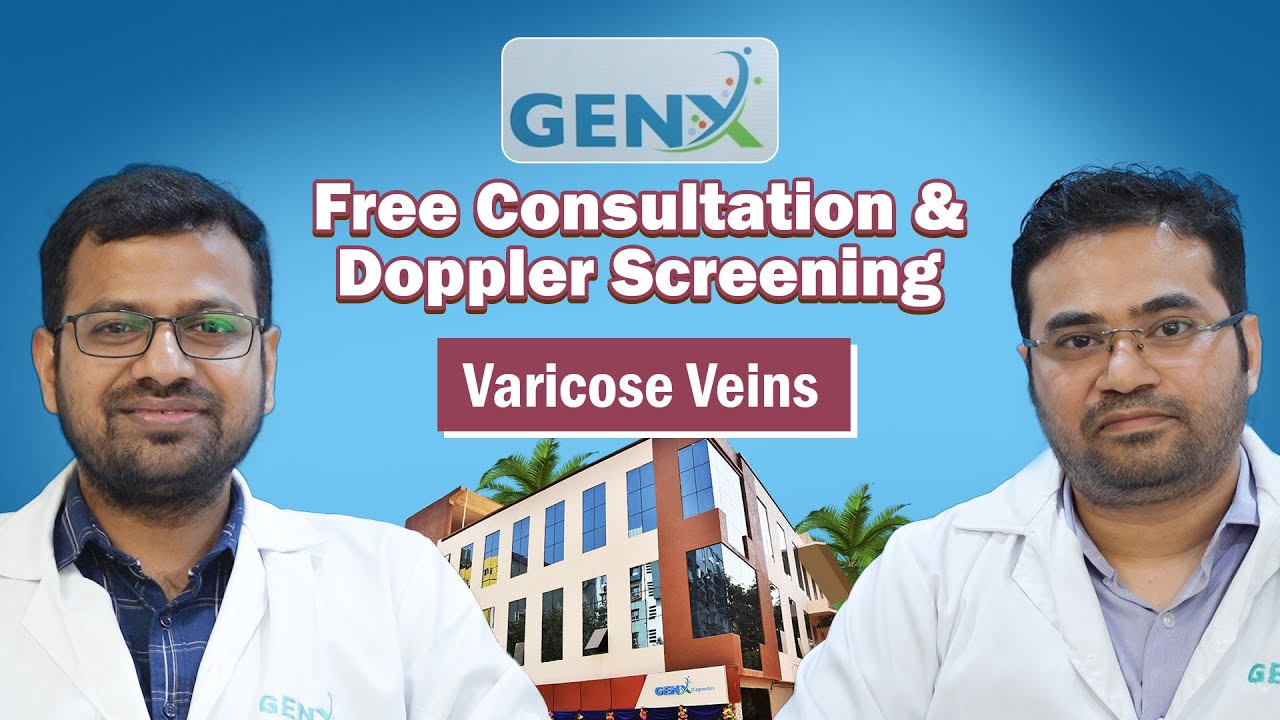Varicose veins are twisted, enlarged veins. Any vein that is close to the skin’s surface (superficial) can become varicosed. Varicose veins most commonly affect the veins in the legs. That’s because standing and walking increase the pressure in the veins of the lower body.
For many people, varicose veins and spider veins — a common, mild variation of varicose veins — are simply a cosmetic concern. For other people, varicose veins can cause aching pain and discomfort. Sometimes varicose veins lead to more-serious problems.
Treatment might involve self-care measures or procedures done by a health care provider to close or remove veins.
Variscose veins might not cause pain. Signs of varicose veins include:
- Veins that are dark purple or blue
- Veins that appear twisted and bulging, often appearing like cords on the legs
When painful signs and symptoms of varicose veins occur, they might include:
- An achy or heavy feeling in the legs
- Burning, throbbing, muscle cramping and swelling in the lower legs
- Worsened pain after sitting or standing for a long time
- Itching around one or more of the veins
- Changes in skin color around a varicose vein


